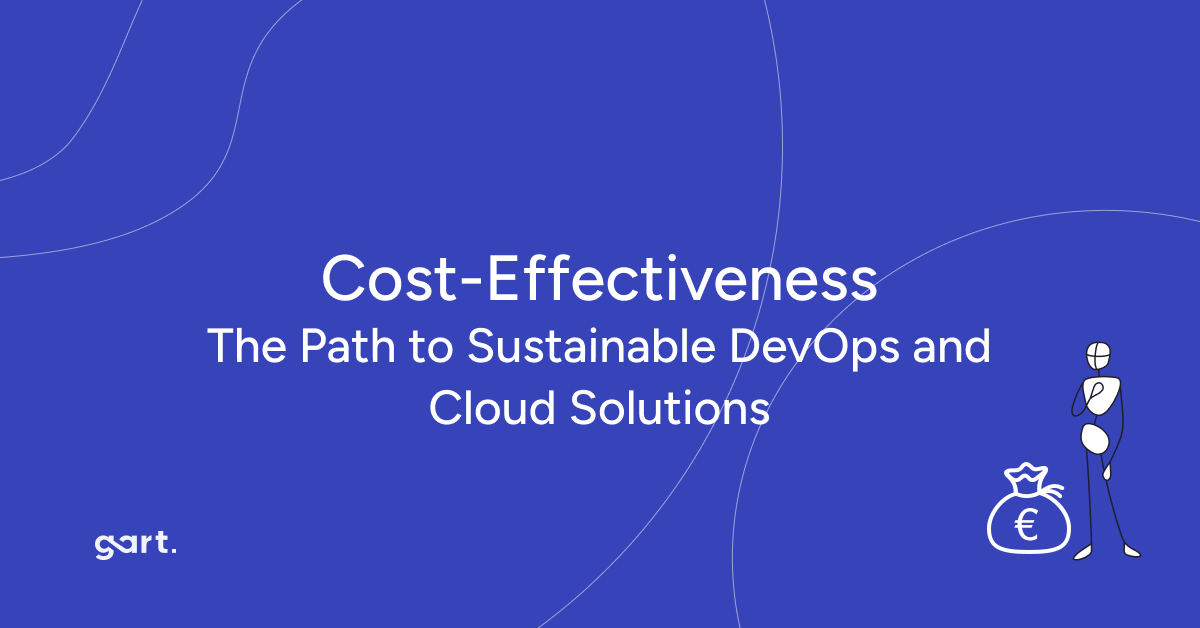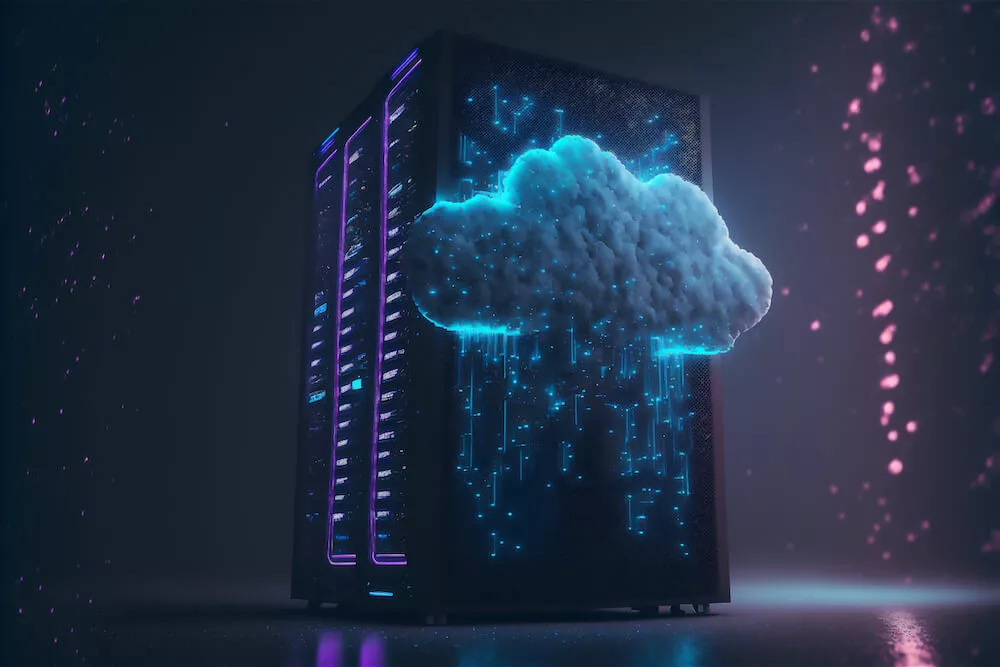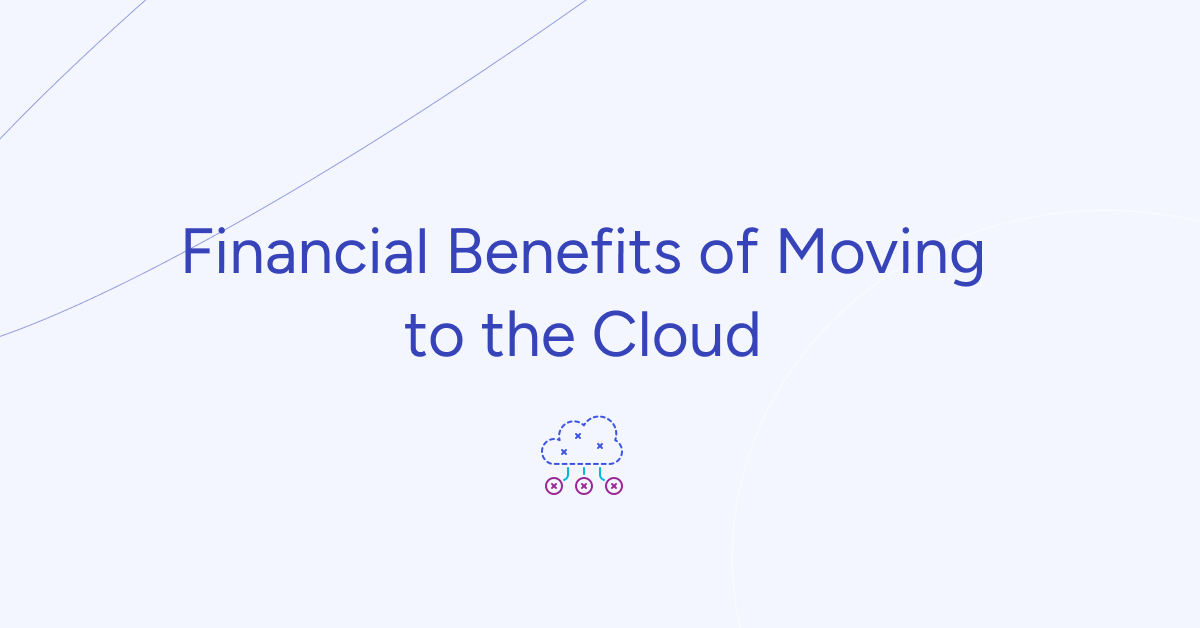- What Does Cost-Effectiveness Mean in DevOps and Cloud?
- Why the Cheapest Option Isn’t Always the Best Long-Term Choice
- Sustainable IT Cost Reductions vs. Short-Term Cuts
- Our Strategy for Cost-Effective DevOps and Cloud Solutions
- Understanding Cloud Costs in DevOps: OpEx vs. CapEx
- What is FinOps and Why Does It Matter in Cost Optimization
- How We Integrate FinOps Into Our DevOps Services
- Case Studies: Cost-Effective DevOps in Action
- Long-Term Benefits of a Cost-Effective DevOps Strategy
- DevOps Cost Decision Table – Cheap vs Sustainable
- Cost Optimization Checklist for IT Leaders
- Conclusion
Cost-effectiveness in DevOps and cloud strategy isn’t about finding the cheapest provider — it’s about building scalable, sustainable, and efficient systems that reduce total cost of ownership while supporting long-term business growth.
What Does Cost-Effectiveness Mean in DevOps and Cloud?
Cost-effectiveness in this context refers to balancing investment with long-term value, not cutting corners. Instead of opting for the cheapest service or tool available, it’s about making strategic decisions that improve performance, reliability, and scalability over time.
Too often, organizations assume cutting IT spend or chasing free cloud credits is “efficient.” But this can backfire when hidden costs, performance bottlenecks, or non-scalable infrastructure come into play.
Why the Cheapest Option Isn’t Always the Best Long-Term Choice
There are cloud startup programs, but it’s essential to approach them carefully. Often, businesses make mistakes in network design and services while using free cloud credits, leading to significant additional infrastructure costs once the free period ends.
One startup leveraged free credits from the Google Cloud Startup Program to quickly build its product. However, when the free period ended, they faced crippling infrastructure costs due to a lack of optimization. Check this case study: DevOps for Microsoft HoloLens Application Run on GCP
Summary:
Choosing the lowest-cost IT or cloud option often leads to technical debt, downtime, and scalability issues, costing more in the long run.
While it’s tempting to lean into “free tiers” and minimal upfront expenses, these choices frequently come with hidden costs:
- Limited functionality
- Lack of support or SLAs
- High overage charges after trial periods end
At Gart Solutions, we promote a sustainable approach that maximizes ROI while aligning with business goals, ensuring that every IT dollar contributes to performance, stability, and growth.
Sustainable IT Cost Reductions vs. Short-Term Cuts
Summary:
Cutting costs for immediate savings often leads to long-term inefficiencies. True cost-effectiveness means aligning IT spending with business strategy and future-readiness.
In economic downturns, it’s natural for CIOs and IT leaders to seek cost savings. But reckless budget slashing can do more harm than good.
Avoid These 3 Common Mistakes:
- Short-term focus: Cutting across the board can hinder future growth and innovation.
- Overreliance on consultants: Consultants often suggest low-hanging fruit, leaving limited potential for long-term savings.
- Neglecting stakeholders: Ignoring the impact of IT cuts on business operations can damage relationships and hinder outcomes.
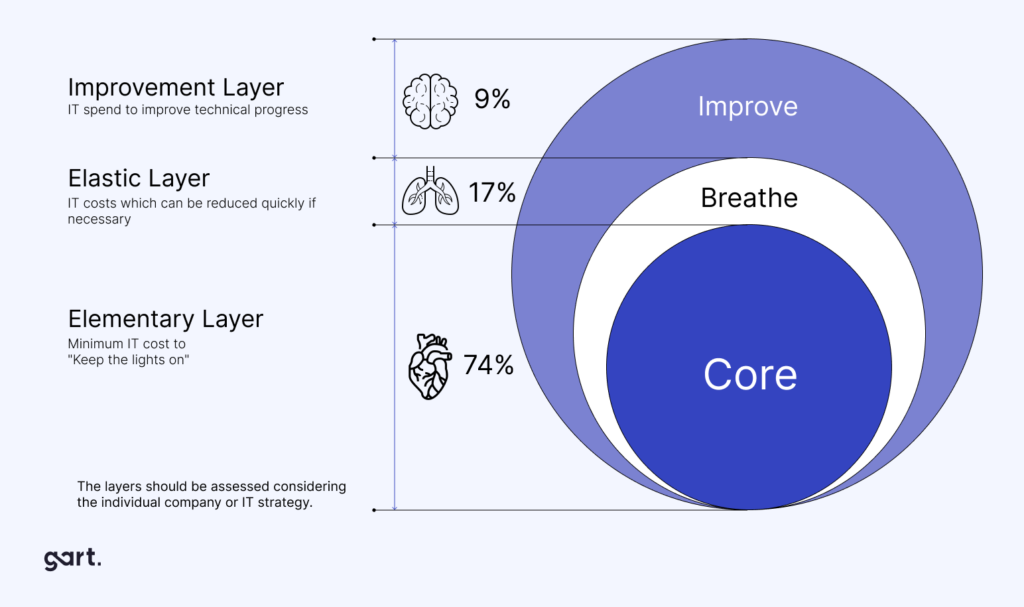
Our Strategy for Cost-Effective DevOps and Cloud Solutions
Summary:
We combine smart savings with strategic investments, helping clients avoid over-engineering while investing wisely in scalable, future-ready infrastructure.
Not every component of your infrastructure needs premium tools or enterprise licenses. At Gart Solutions, we guide clients through intelligent decision-making:
- Where to optimize for cost (e.g., Spot VMs, autoscaling, open-source tools)
- Where to invest for growth (e.g., security, automation, compliance tooling)
Our goal: make sure every dollar contributes to uptime, user experience, or innovation.
By carefully analyzing your needs and implementing smart strategies, we ensure that you’re getting the most out of your IT investments. This approach not only reduces waste but also ensures that every dollar spent contributes directly to your business goals.
Read more: 20 Easy Ways to Optimize Expenses on AWS and Save Over 80% of Your Budget
Strategic Product Design as a Foundation for Cost Savings
The cornerstone of our cost-effective approach is strategic product design. We focus on laying down the right basic architecture from the start, emphasizing long-term stability and scalability. This ensures that your IT solutions can adapt and grow with your business without encountering major issues or requiring extensive reworks.
Our solutions are designed with your future in mind. We create systems that can scale seamlessly as your business grows, allowing you to manage costs effectively at every stage of your journey. One of the key benefits of our approach is the ability to avoid future technological problems related to growth, migration, or other common challenges.
This forward-thinking approach prevents the need for costly overhauls down the line and provides a stable foundation for your ongoing success.
Case Study: Azure Spot VMs for Jewelry AI Vision
In one example, we helped a visual AI platform for the jewelry industry cut cloud costs by 81% using Azure Spot VMs. By redesigning workloads for elasticity and resilience, we optimized compute consumption without compromising performance.
Lesson: Design choices made early unlock compounding savings over time.
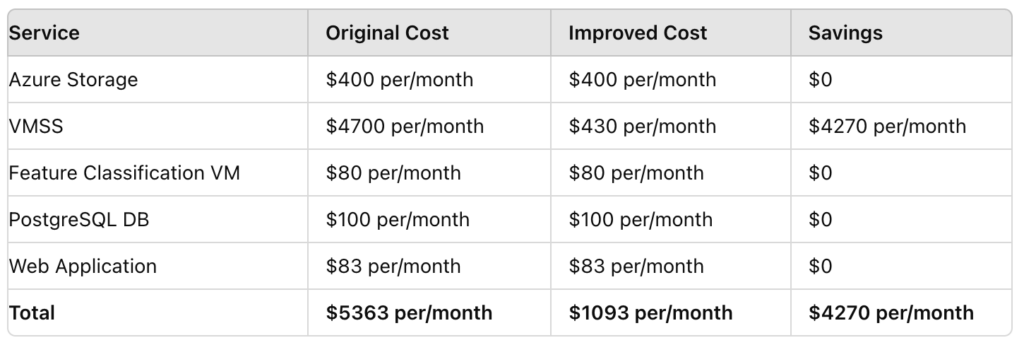
Check this cost optimization case study: Cutting Costs by 81%: Azure Spot VMs Drive Cost Efficiency for Jewelry AI Vision.
Understanding Cloud Costs in DevOps: OpEx vs. CapEx
Summary:
DevOps-related cloud costs fall into two main categories: Operational Expenses (OpEx) and Capital Expenses (CapEx). Knowing the difference helps you budget and optimize more effectively.
Operational Expenses (OpEx)
OpEx refers to ongoing costs of running DevOps workloads in the cloud, such as:
- Cloud instance runtime (compute)
- Storage usage
- Managed services (like databases or monitoring tools)
- Traffic and bandwidth
These costs are typically pay-as-you-go and vary month-to-month.
Capital Expenses (CapEx)
CapEx refers to one-time or upfront investments, such as:
- Reserved cloud capacity (e.g., AWS Reserved Instances)
- On-premise infrastructure purchases
- Software licenses or setup fees
Choosing CapEx can reduce monthly spending, but it requires commitment and forecasting.

What is FinOps and Why Does It Matter in Cost Optimization
Summary:
FinOps (Financial Operations) is a framework that brings financial discipline into DevOps, ensuring cloud spending is aligned with business value and usage.
Defining FinOps in Simple Terms
FinOps helps teams:
- Understand where cloud dollars are going
- Predict costs before deploying
- Optimize spend without stalling innovation
It’s the bridge between engineering, finance, and operations.
Why FinOps is a Game-Changer
In traditional IT, budgets are fixed. But in the cloud, expenses are variable and usage-driven. That makes cost control harder, unless teams actively manage and monitor costs.
FinOps brings visibility and accountability across:
- Engineers (who build infrastructure)
- Finance teams (who manage budgets)
- Product managers (who track business value)
Key FinOps Practices:
- Real-time cloud cost reporting
- Cost forecasting by team/project
- Tagging resources for accountability
- Optimization sprints focused on spend reduction.
FinOps, or Financial Operations, is an evolving cloud financial management discipline that brings financial accountability to the variable spend model of cloud, enabling distributed teams to make business trade-offs between speed, cost, and quality.
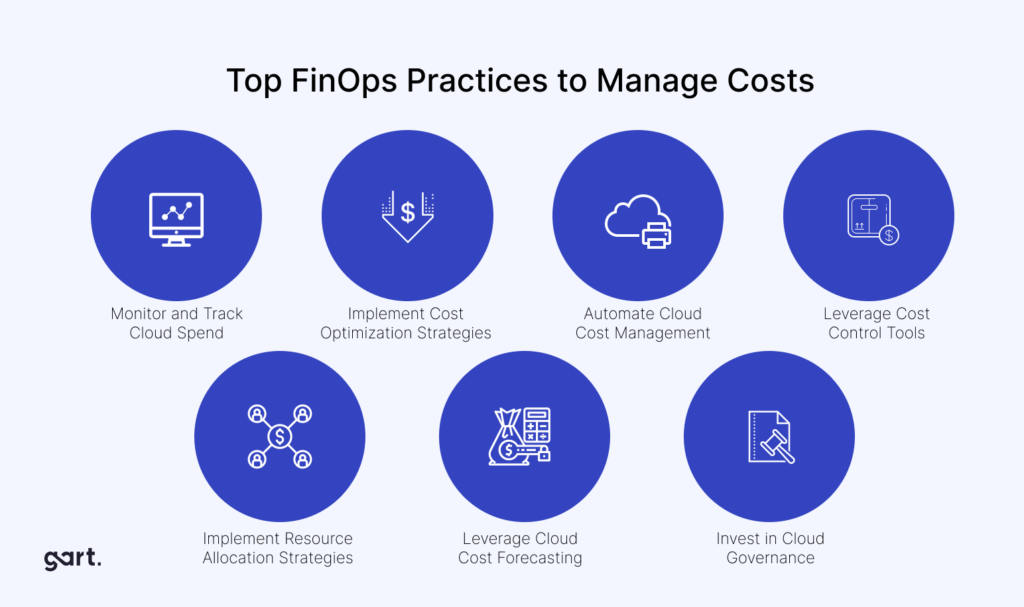
How We Integrate FinOps Into Our DevOps Services
At Gart Solutions, we bake FinOps principles directly into our DevOps pipelines, so clients gain both infrastructure automation and cost control from day one.
Our FinOps Integration Approach Includes:
- Cloud cost dashboards visible to stakeholders
- Automated alerts for budget thresholds
- Resource tagging and cost attribution per environment
- Collaboration between engineers and finance on priorities
At Gart Solutions, we integrate FinOps practices into our DevOps and cloud services to further enhance cost-effectiveness and sustainability.
Case Studies: Cost-Effective DevOps in Action
Case Study 1: DevOps for Microsoft HoloLens Application on GCP
Challenge:
A startup used Google Cloud’s free startup credits to launch an ambitious product. But when the credits expired, they faced massive costs due to inefficient network design and a lack of resource planning.
Solution:
Gart audited the infrastructure, implemented CI/CD pipelines, and restructured the architecture to reduce dependency on costly services.
Outcome:
- 48% reduction in monthly infrastructure spend
- Improved performance and deployment speed
- A scalable setup ready for product launch
Lesson:
Free credits can create hidden risks. A strategic DevOps partner can turn short-term wins into sustainable growth.
Case Study 2: Cutting 81% Cloud Costs with Azure Spot VMs for AI Vision
Challenge:
A jewelry AI startup faced high compute bills due to heavy visual processing and machine learning workloads.
Solution:
Gart moved workloads to Azure Spot VMs, refactored pipelines for fault tolerance, and automated cost monitoring.
Outcome:
- 81% reduction in compute costs
- Zero downtime during migration
- Flexible scaling for future growth
Lesson:
Cost savings don’t require cutting features, just smart architecture.
Long-Term Benefits of a Cost-Effective DevOps Strategy
Summary:
Sustainable DevOps isn’t just about saving money now. It helps your business scale smarter, reduce risk, and outperform competitors over time.
1. Lower Total Cost of Ownership (TCO)
You avoid patchwork fixes, re-platforming, and costly downtime. Efficient systems cost less to operate over years, not just months.
2. Greater Reliability
Fewer outages. Better performance. Happier users. And less stress for your team.
3. Future-Proof Architecture
With scalable infrastructure, your systems evolve with your needs, not against them.
4. Better Use of Internal Resources
Your team focuses on innovation instead of fixing things or firefighting budget issues.
DevOps Cost Decision Table – Cheap vs Sustainable
Understanding the difference between cost-cutting and cost-effectiveness is key. Here’s a side-by-side comparison that outlines why strategic investment outperforms bargain-basement decisions over time.
| Criteria | Cheap DevOps Solution | Sustainable DevOps Solution |
|---|---|---|
| Initial Cost | Low upfront spend | Moderate, aligned with needs and future goals |
| Scalability | Poor – requires rebuild | Built to scale |
| Compliance Readiness | Lacks safeguards | Aligned with HIPAA, GDPR, etc. |
| Maintenance & Support | Limited or absent | Included, proactive monitoring |
| Total Cost Over 12–24 Months | High due to technical debt and rework | Lower due to long-term savings |
| Business Impact | Risk of downtime, slower innovation | Faster delivery, greater stability |
Conclusion:
The sustainable path pays off — not just financially, but in operational resilience, scalability, and growth enablement.
Cost Optimization Checklist for IT Leaders
Use this checklist to review your DevOps and cloud setup for waste, inefficiencies, and untapped savings.
✅ Infrastructure & Cloud Usage
- Are we using reserved instances or spot pricing effectively?
- Are workloads appropriately sized and scheduled?
- Are we auto-scaling based on demand?
✅ Monitoring & Observability
- Do we track cloud costs by team or project?
- Are alert thresholds in place for spending anomalies?
- Are we logging usage by service tags?
✅ DevOps & Automation
- Are pipelines automated to prevent manual errors?
- Are we deploying only what’s needed with IaC?
- Are environments automatically shut down when idle?
✅ FinOps & Financial Governance
- Do we review cloud spend weekly or monthly?
- Are budgets and forecasts visible to Dev and Finance?
- Have we assigned ownership for each cloud resource?
Conclusion
Sustainable DevOps isn’t about spending less — it’s about spending smarter. At Gart Solutions, we believe that true cost-effectiveness is about creating sustainable, high-quality solutions that provide long-term value. By focusing on strategic design, smart resource utilization, and future-proofing your systems, we help you build a robust IT infrastructure that supports your business goals while keeping costs under control.
At Gart Solutions, our mission is to help you achieve IT sustainability and financial efficiency together.
Let’s build something that lasts, without overextending your budget.
Remember, indiscriminate cost-cutting can do more harm than good. A well-planned approach focused on long-term value is key to achieving sustainable IT cost reductions.
See how we can help to overcome your challenges

